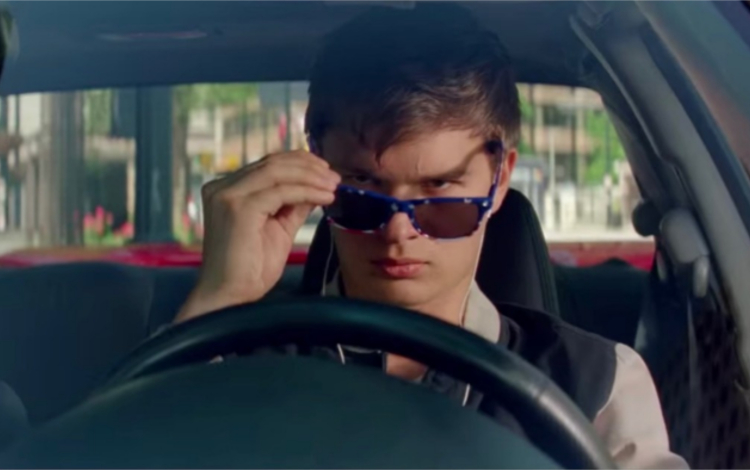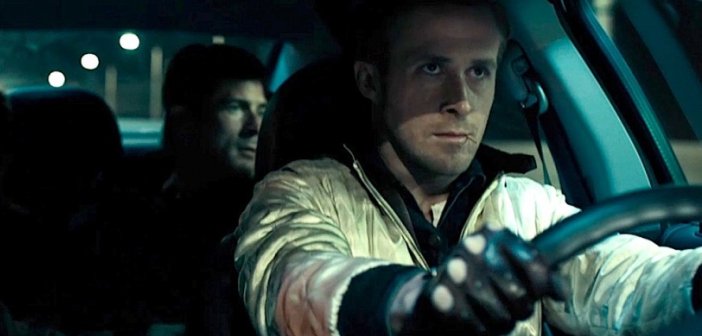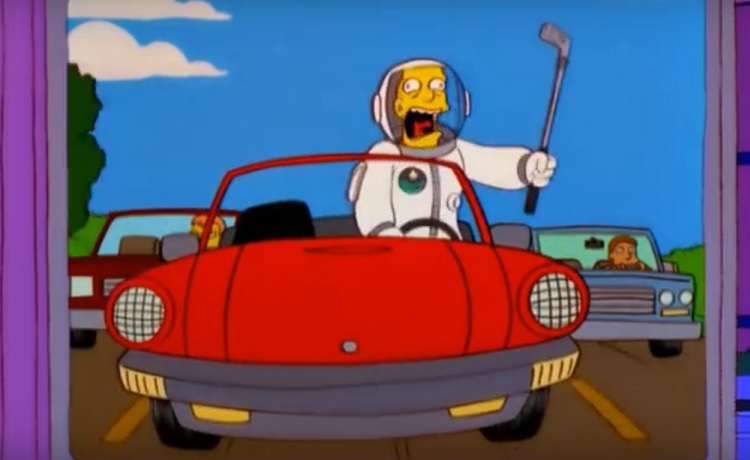Why Our Driving Habits Are a Reflection of Our Civility
Humankind’s transportation technology should probably have skipped several generations. We did just fine with horses and buggies — and many Americans are still doing just fine. Then, the Model T and its combustion-driven contemporaries seemed to bring our streets to life and make our lives more, rather than less, convenient. What happened in the meantime?
Until the AI “black box” powering driver-less car comes of age, we humans are the ones with some growing to do.
Because we’ve made driving a bit preposterous. We strap ourselves into armatures of steel and glass weighing thousands of pounds, throw social niceties out the window along with our cigarette butts and travel at speeds that are good for little except killing us in new and spectacular ways.
But it’s also quite necessary, isn’t it? The dream of a global human civilization begins in cities and states — with reliable roads and the means to traverse them safely (and, if necessary, in style).
But the version of “modern driving” most of us are familiar with is almost violently antisocial. Whether we’re handicapping ourselves with substance abuse or failing to show a little patience, we’re all “doing” driving a little bit wrong.

Leave More Room
There’s no other change you can make to your driving habits that will have as huge a social impact as this one. Stop-and-go traffic does a lot less stopping and a lot more going when folks leave several car lengths’ worth of room between their automobiles simply as a matter of habit. Do it on every road, everywhere, starting today. Your sanity and your brakes will thank you.
And when it’s not merely making things more frustrating, leaving more room is absolutely vital for your safety and the safety of the drivers around you. People make sudden stops all the time. You take your eyes off the road more often than is probably necessary. Leaving room gives you time to correct your course before something tragic happens.
Zipper Merge
Do you know why they call it a “zipper merge”? Because it looks like a zipper. When one stream of traffic merges with another, a car goes from one stream followed by a car from the other. This is another place where leaving a good amount of empty space between cars can really make things more harmonious and a lot less frustrating.
The zipper merge is not any more complicated than taking turns or waiting in a line for anything else — and those are lessons most of us learned in kindergarten.
Speeding and Tailing
Folks have already crunched the numbers — so it shouldn’t surprise you to learn that you’d have to plan to drive scores or hundreds of miles at a stretch before speeding actually did you any measurable good. Speeding reduces your chances of correcting for something unexpected, which, again, also endangers folks who aren’t you (and you too).
Same thing goes with tailing. Just because there’s empty space somewhere doesn’t mean you have to occupy it. Again: leave some room. Also, tailing somebody to compel them to go faster, particularly if they’re obeying the speed limit, is like asking them to break the law for you. That’s something most of us don’t do for people we don’t know.

Texting and Driving
Your car probably doesn’t know how to drive itself yet. Of equal certainty is that the funny Instagram post from your bestie will still be there waiting for you when you’re not behind the wheel of a ton-and-a-half of steel, plastic and glass. Operating a telephone while driving an automobile significantly reduces the human brain’s capacity to focus on the latter. Leave it for when you’re parked.
Ubiquitous computing is helping make the world smaller and feel more connected. It’s a miracle. But driving is enough of a responsibility and enough of a pleasure on its own that it doesn’t require a “second screen experience.”
Road Rage
Along with “fighting fire with fire” and combatting gun violence by buying more guns, road rage is equally pointless and equally potentially self-destructive. If somebody inconveniences or endangers you while you’re both driving, and your go-to solution is to “get even” with them by creating a second unsafe situation, or gesturing at them, or swerving around dramatically, please don’t drive again until you consult an expert about your obvious anger problem. And let’s all learn a bit of patience and forgiveness while we’re at it.

Drunk Driving
Honestly, it feels like it’d be difficult to come up with a clearer way to demonstrate hubris and selfishness in everyday life. If you overestimate yourself so severely and think so little of the other lives carrying on around you, that you’re willing to operate a one- or two-ton vehicle while intoxicated, you surely deserve the fullest penalties of the law.
The Bottom Line: Our Driving Habits Reflect Our Civility (or Lack of Same)
I’m not telling you to yield the right-of-way if it’s yours according to the signage. Doing that just leads to more problems. What I am telling you is this:
How we drive has a direct correlation with our civility as human beings.
And there’s more: most of us in the “civilized world” drive irritably and impatiently because human beings, and Americans in particular, live frantic lives measured in dollars. We wish this wasn’t so and try to forget it’s even a problem. Bending our lives around the nine-to-five or eleven-to-seven, and around the schedule that best suits somebody else’s profit margins? If it’s not “American-style” driving, it’s probably “Capitalist-style” at the very least.
It’s time we recognized that driving our cars is the most public demonstration of our personal civility we can make in an average day. The fact that one-and-a-quarter million of us die each year doing it is a bit of a call to action, wouldn’t you say?
